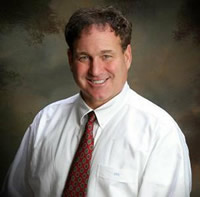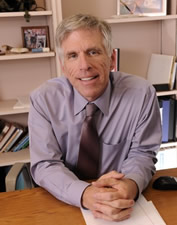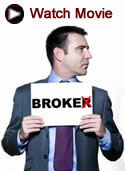9/29/2015· Medical - Medicine
Spinal Manipulation and Stroke: The Legal and Medical Material Risks
As part of their educational process, practitioners of manipulative procedures are made aware of the possible association between neck manipulation and cerebrovascular accidents[i] (CVAs) as well as what to do in the event a CVA occurs during treatment.[ii] For any litigation considered regarding a stroke that closely follows spinal manipulation, the starting point for retained counsel is to ask what else could have caused or contributed to the stroke. Screening issues to consider include the following:











